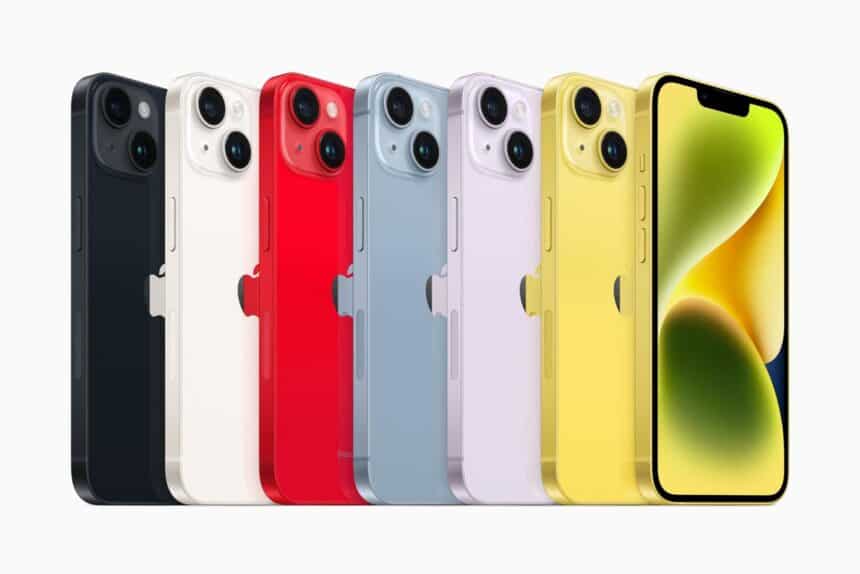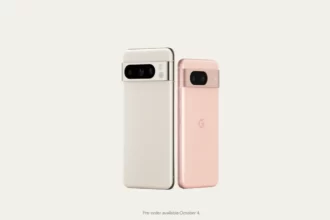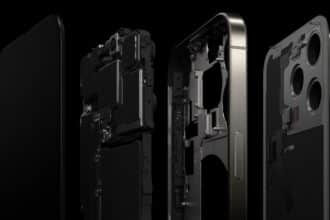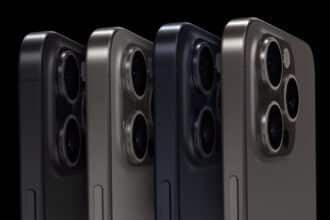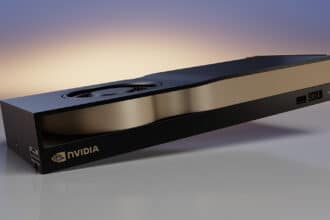The regular iPhone 15 models are getting a significant boost when they transition from a 12MP sensor to a 48MP one. One update from a well-known expert claims that Apple is using a layered CIS architecture for this sensor.
Manufacturing CIS, or CMOS picture Sensors, is less expensive, and the stacked architecture helps to lower noise levels in low-light conditions, resulting in better picture quality.
According to Kuo, Sony can fix the low-yield issues by boosting the output of CIS sensors by up to 120%. Unfortunately, the Japanese supplier will have trouble satisfying orders for Android devices while growing supplies for Apple, putting it in a difficult position. Sony will probably decide depending on how it would effect its company financially, however.
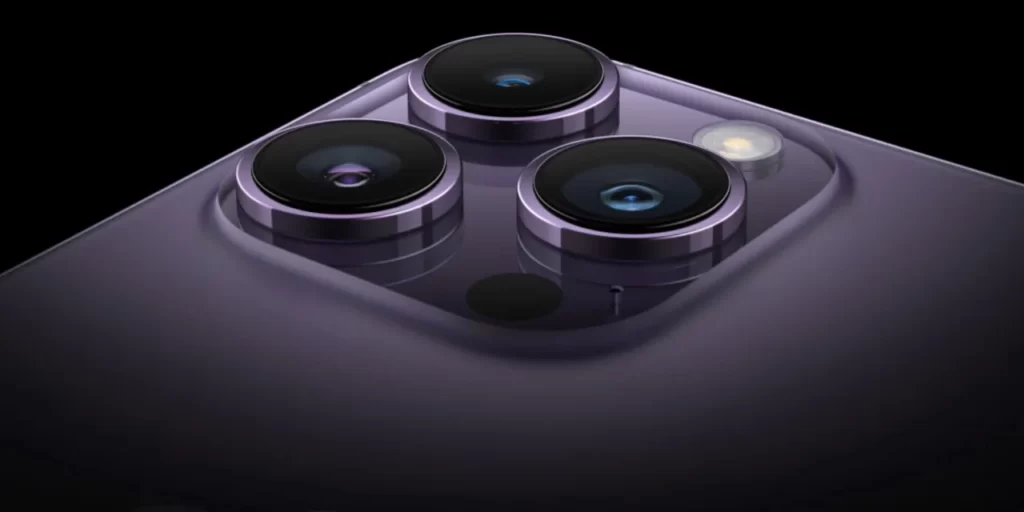
Sony profits considerably from this cooperation since Apple ships millions of iPhones annually, thus it can afford to postpone its CIS shipments for Android devices if doing so would strengthen its economic connection with Apple. Kuo also mentions in the Medium blog post that the CIS supply chain’s current inventory has increased to a normal level, which is the 10–14-week range, as compared to the 30–40-week range it was in the first half of this year.
Various companies will have to look for alternative suppliers, including Will Semi, whose market share for CIS sensors is predicted to expand significantly next year, as Sony cuts the CIS supply for high-end Android devices while concentrating on boosting manufacturing for the iPhone 15 and iPhone 15 Plus.

